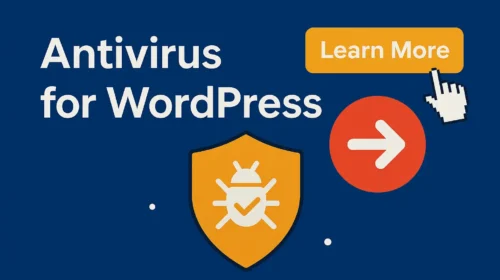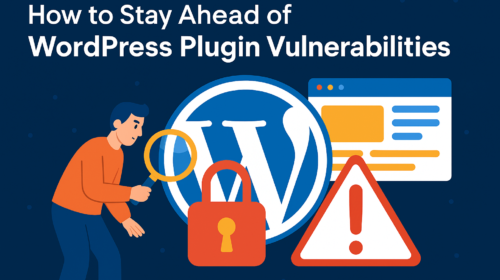
OWASP Top 10 Web Application Security Risks: What Every Website Owner Should Know
When it comes to web security, knowledge is your first line of defense. The OWASP Top 10 Web Application Security Risks is a globally recognized standard for identifying the most critical vulnerabilities affecting web applications. If you manage a website—especially one powered by WordPress—understanding these risks is not just helpful, it’s essential.
Let’s explore each risk and what it means for your site’s safety.

1. Broken Access Control
This happens when users can act outside of their intended permissions. For example, an unauthenticated visitor gaining admin-level access. It often results from improper role definitions or missing authorization checks.
2. Cryptographic Failures
Also known as sensitive data exposure, this includes weak encryption practices, use of outdated protocols, or transmitting data without HTTPS. If your website handles any personal information, this is a serious concern.
3. Injection
SQL, NoSQL, OS, and LDAP injection flaws occur when untrusted data is sent to an interpreter. This allows attackers to execute commands or access unauthorized data. Always validate and sanitize inputs.
4. Insecure Design
Poor architecture can leave room for threats. Think hardcoded passwords, lack of logging, or missing rate-limiting. Secure design must be built-in from day one, not patched in later.
5. Security Misconfiguration
From exposed admin panels to default credentials still active, this is one of the most common issues. Regular audits and hardened configurations help mitigate this risk.
6. Vulnerable and Outdated Components
Using outdated plugins, libraries, or CMS versions opens the door to known exploits. Always keep everything updated and monitor for emerging threats.
7. Identification and Authentication Failures
Weak login systems, predictable recovery processes, or missing multi-factor authentication (MFA) make your site a soft target. Implementing strong authentication layers is critical.
8. Software and Data Integrity Failures
If your site loads external resources (scripts, libraries) without integrity checks or secure channels, attackers could tamper with them. Use Subresource Integrity (SRI) and digital signatures where possible.
9. Security Logging and Monitoring Failures
If you’re not logging suspicious activity or reviewing it, you may never know an attack happened. Invest in logging systems that alert you in real time and store logs securely.
10. Server-Side Request Forgery (SSRF)
In SSRF attacks, the server is tricked into making requests to internal services. This can lead to internal data leaks or server compromise. Always validate and restrict outbound requests.
Understanding these risks is just the first step. Implementing robust protections and conducting regular security scans is what makes the real difference.
If your site runs on WordPress or any other CMS, it’s wise to stay one step ahead. Our team specializes in vulnerability scans and hardening services tailored to your platform. Check out our services and see how secure your website really is.
Want to learn more about the OWASP Top 10? Visit the official OWASP website for the full documentation.
If you want to explore other articles similar to OWASP Top 10 Web Application Security Risks: What Every Website Owner Should Know you can visit the Web Vulnerabilities.






Leave a Reply